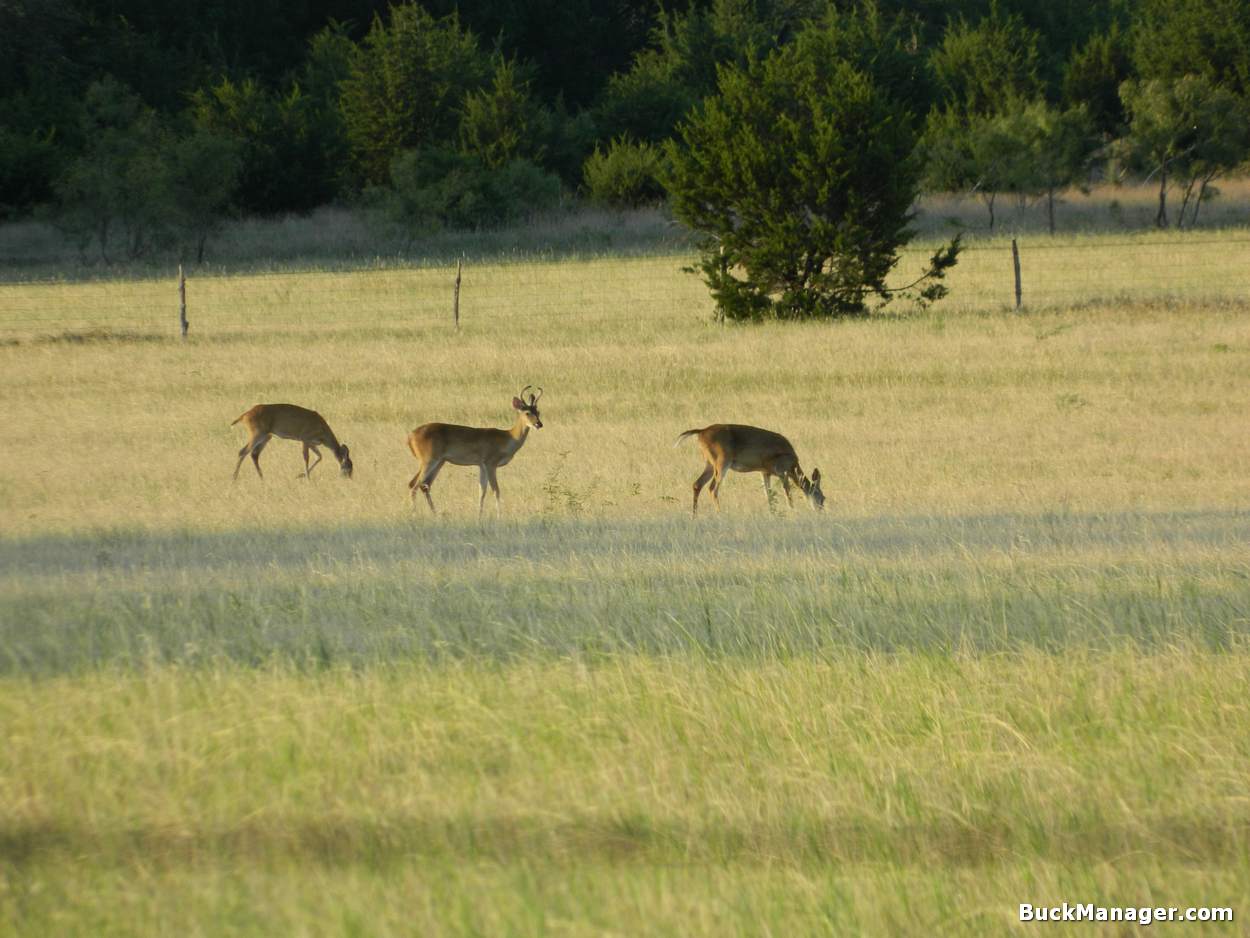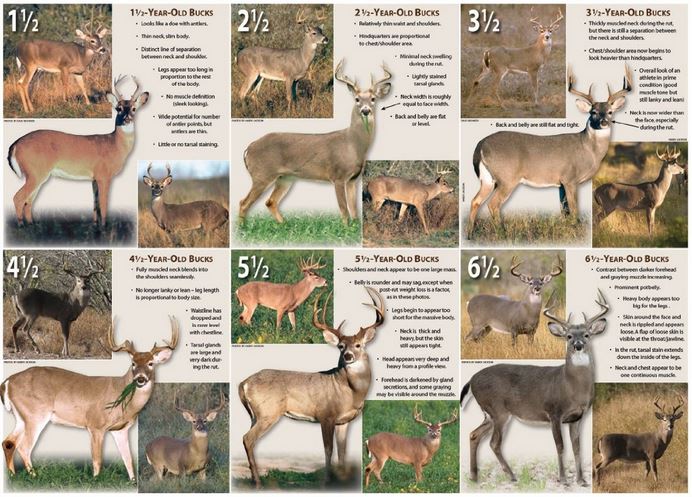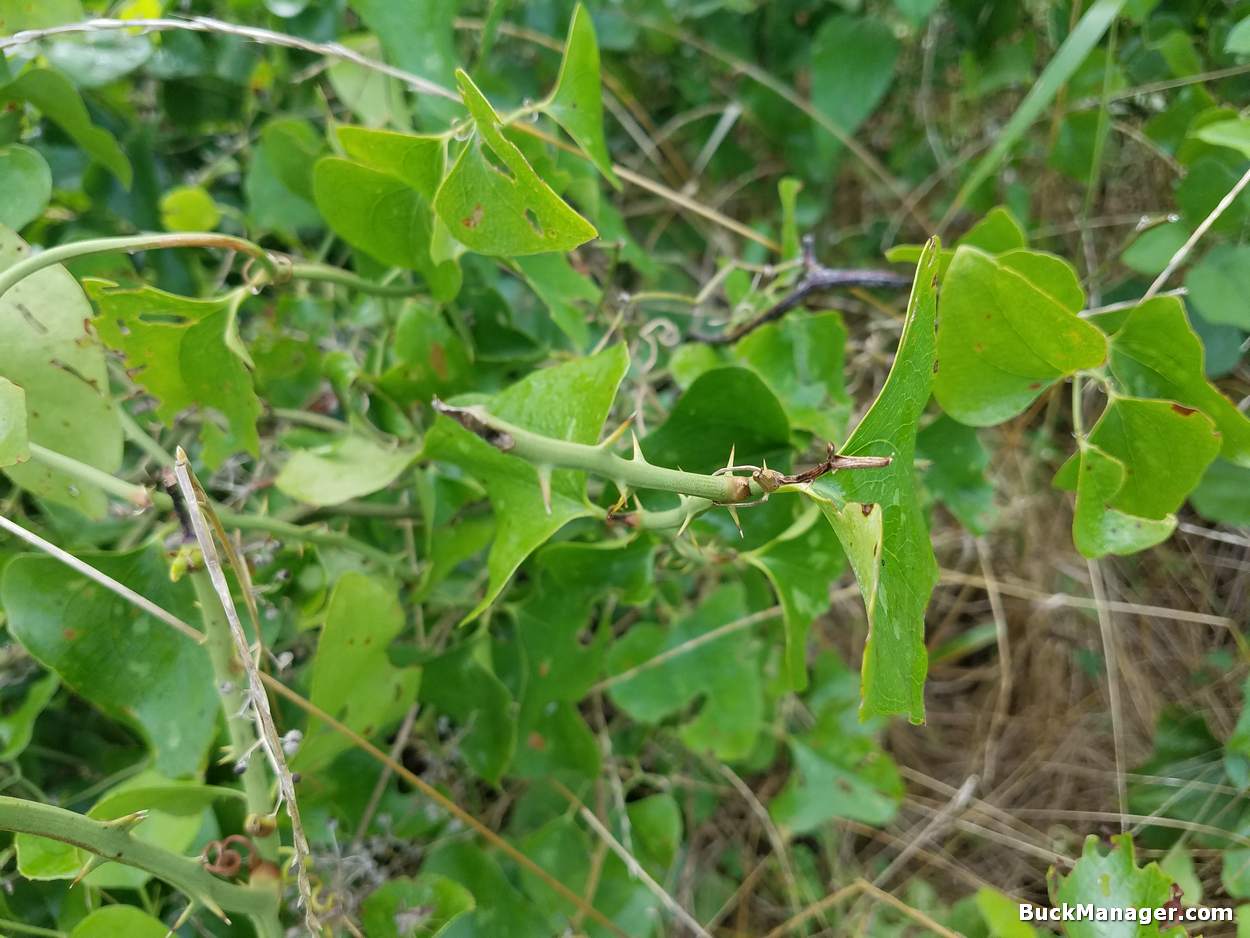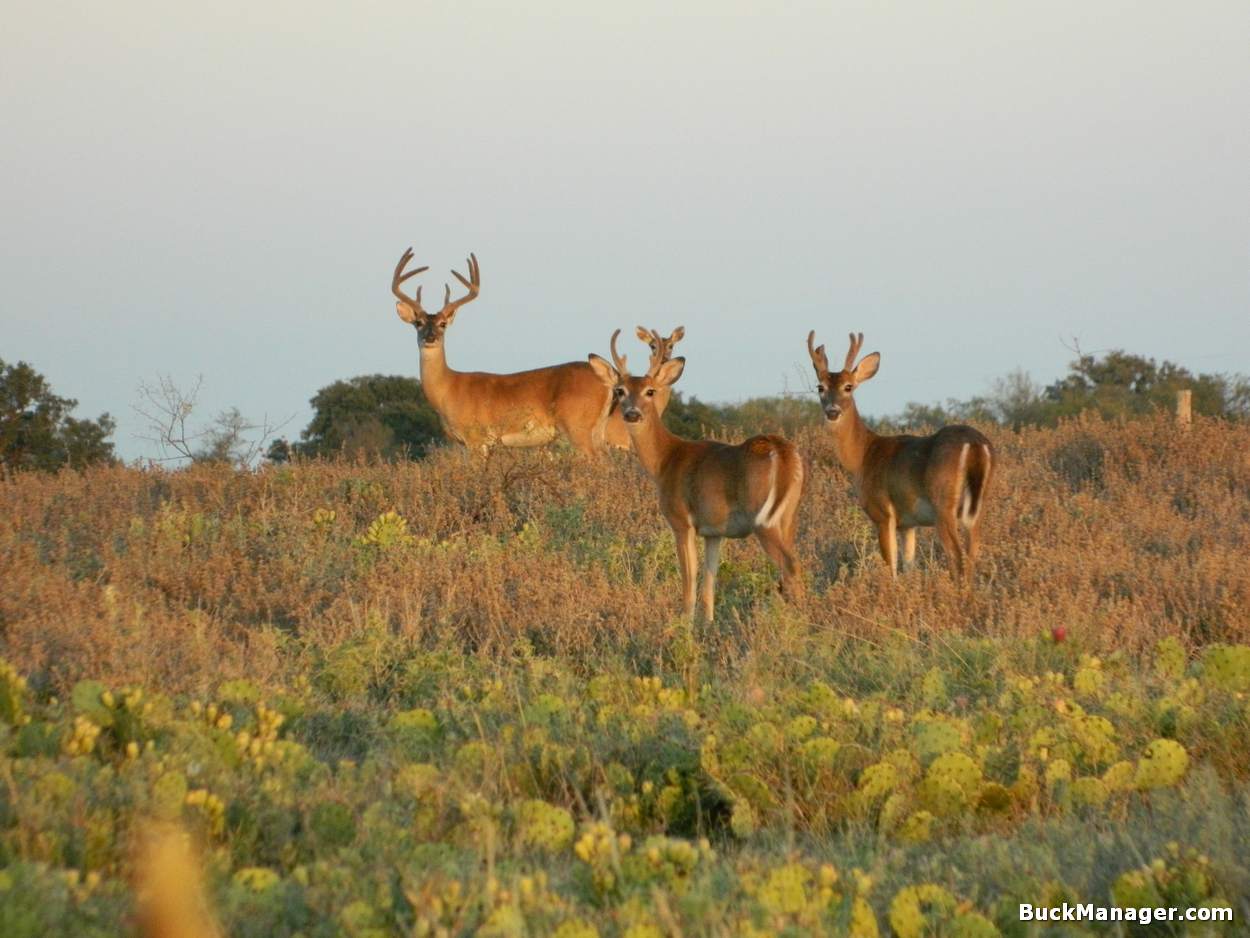Freak Buck?
Question: “Is a 3 1/2 year old freak a cull buck? We are trying to manage the doe density and take some cull bucks to better the buck herd, but one hunter on our property took a 3 1/2 year old freak that was not on the hit list as a cull buck. The hunter is claiming that he in fact was a cull.
I’m not in anyway arguing with the hunter about his decision, it’s just I thought we were trying to manage our doe population first and then the bucks second. I know in my heart that I would have taken a doe over taking this 3 1/2 year old freak that was healthy.”

Buck Harvest Considerations
Response: First, a “freak buck” could be one of many things. It could be deer worthy of culling if it’s on the low end of the spectrum for bucks in its age class or it could be a rarity that sits on the upper end of the bell curve, a buck of freakishly large proportions.
The latter would be a buck that you would definitely want to get some age on. This would allow the buck to pass on his genes and achieve maximum antler growth. Selective harvest of individual bucks will result in little to no real change in the quality of the future deer population unless part of an overall deer management program.
 A buck that’s only 3 1/2 years old is not nearly topped-out, but the antlers sitting atop his head tell a lot about his future. First, let me just say that culling is subjective and depends much on the deer herd found in an area. It also depends on the amount of acreage on which selective buck harvest can occur; larger acreages are more likely to see results if all aspects of habitat and nutrition are addressed.
A buck that’s only 3 1/2 years old is not nearly topped-out, but the antlers sitting atop his head tell a lot about his future. First, let me just say that culling is subjective and depends much on the deer herd found in an area. It also depends on the amount of acreage on which selective buck harvest can occur; larger acreages are more likely to see results if all aspects of habitat and nutrition are addressed.
Even then, much of those results will be from maintaining a proper deer carrying capacity, allowing the deer on the property to have optimal nutrition. In the question above, this sounds like this is the case. However, there are some general guidelines that I can offer for selective deer removal that may help in this situation with the management of your deer herd.
Buck Harvest: Does Culling Work?
Any whitetail buck that is 3 1/2 years of age or older with 8 or fewer antler points should be considered for harvest. This is the type of buck often deemed a “management buck.” Any buck that is 2 1/2 years of age or older and lacks brow tines (G1s) should also be considered for culling.
Most hunters and landowners interested in deer management would not want to promote these types of antler characteristics into older age classes within a deer herd. These recommendations are just a place to when it comes to selective buck harvest. If you do not have a lot of bucks in an area then your primarily objective will likely to be to get bucks into older age classes for harvest, not micro-managing the buck segment of the deer herd.
Likewise, if you have way more deer in an area, more than the habitat can support, then your primary objective should be to reduce the deer population. Shooting freak bucks, cull bucks or those deemed management bucks will make almost zero difference until the entire population can be addressed. I think this was the main concern in the initial question; Don’t worry about nitpicking bucks until the deer population is where it needs to be.

Planned Management of Deer
The most important aspect of any management program for deer is determining the short-term objectives that must be implemented in order to achieve the long-term goals, whether it be improving the buck to doe ratio, selectively removing bucks or simply decreasing the deer population. In this case, it sounds like the objectives were either not well understood or totally disregarded by the hunter.
Even with a management plan is place that includes short-term objectives to reach long-term goals, each and every hunter on a property needs to be aware that such a plan is guiding the decisions made on a property. There is no doubt that mistakes will be made, but we can’t hold people, including hunters, at fault for crossing lines that they didn’t know existed.
The best way to minimize mistakes among hunters is to collect game camera photos prior to the season, sit down with those involved in the management program and clearly identify which bucks are on the “hit list” and which ones are not. Again, if you are really trying to improve the deer found in an area, selective buck harvest should only even be considered after addressing the deer population, habitat and nutritional limitations.

This situation sounds a little sketchy to me. I think the guy that shot the buck just wanted to shoot it because it was a freak nontypical. If it was not labeled as a cull by the hunt group then it was a rogue killing.
If the buck obviously needed to go then don’t worry about it. There will be many more “good” and “bad” bucks over the years. As long as the hunter can justify it without pure BS then no big deal.
A cull buck should be based on the age of the deer. I have been lucky enough to hunt in many different states in the past. I have seen many different age groups of bucks killed setting them in this so called cull buck class. A true cull buck shouldn’t be placed in this category until at least the age of 4 to 4.5 years old. A 3 year old deer still has plenty of growth. Rather it be in its antlers or even body. So unless your trying to produce a 200 inch buck at 3.5 years old then think before you harvest that younger buck. If it’s meat your after then settle for the doe.